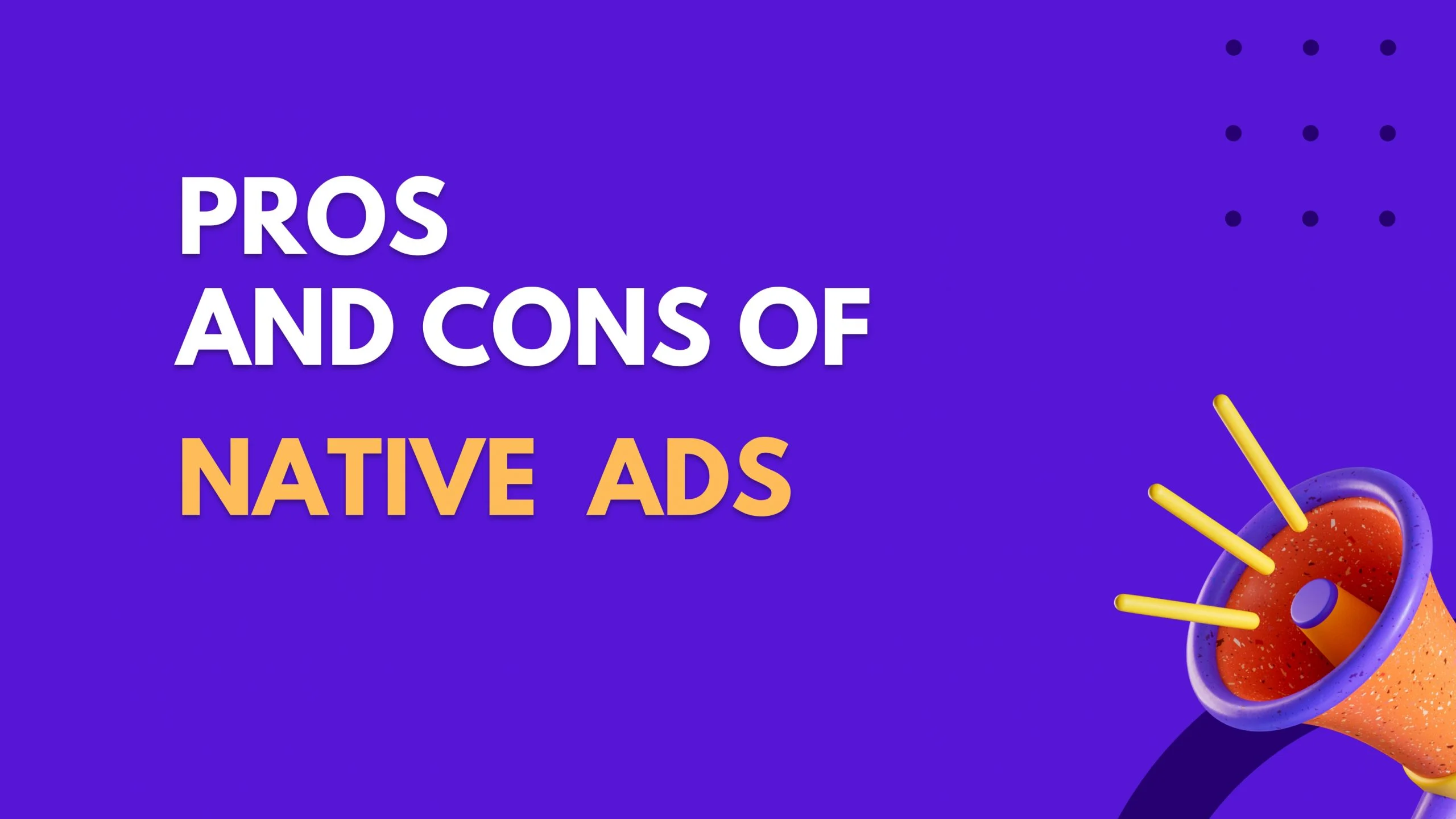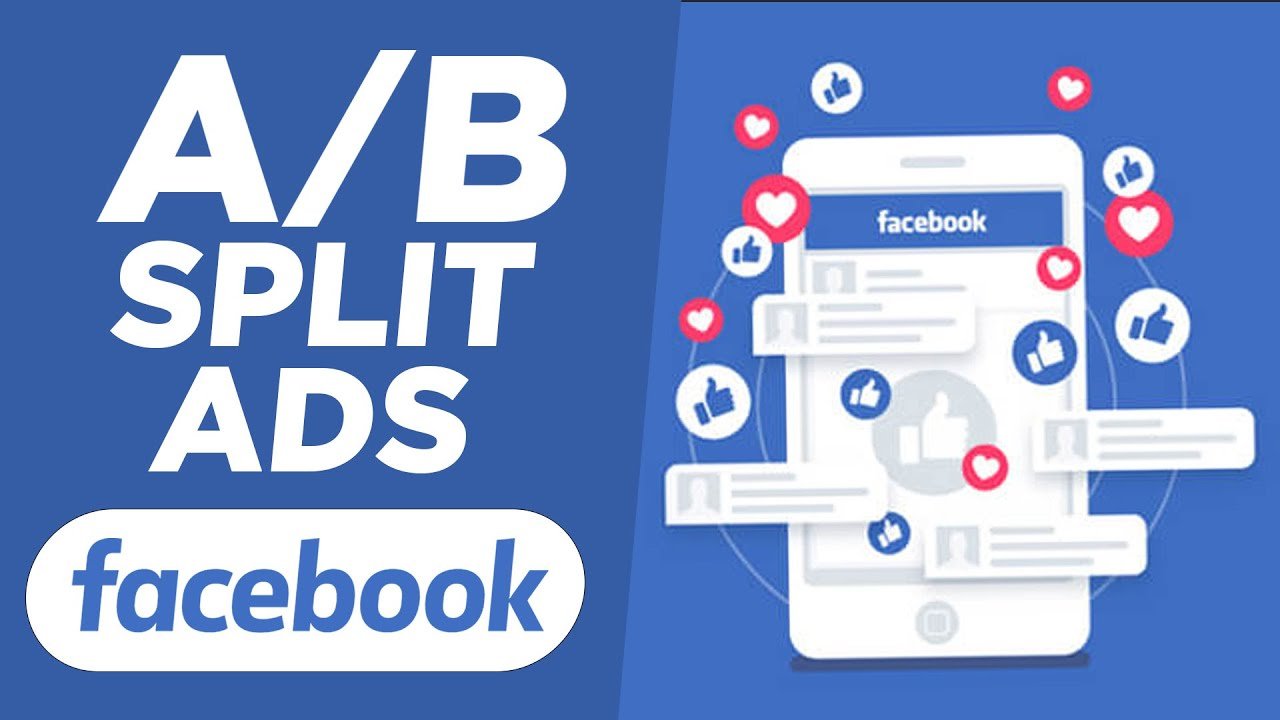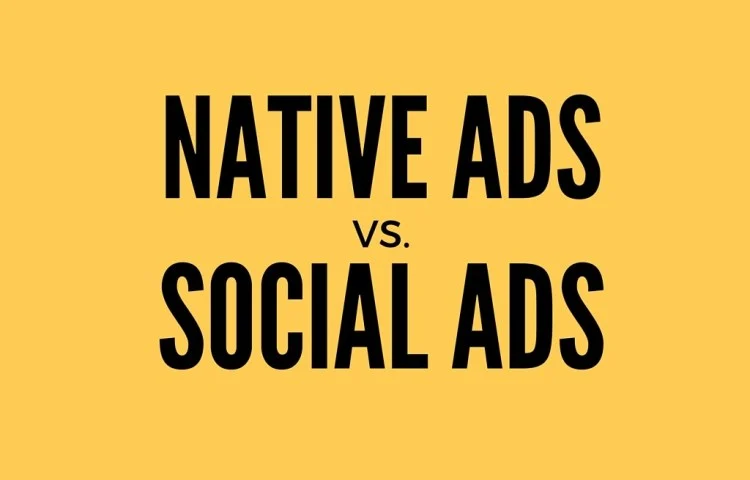In the fast-paced digital landscape, businesses are constantly seeking innovative ways to connect with their target audiences effectively. Native advertising platforms have emerged as a popular solution, providing a seamless and non-disruptive method of delivering brand messages. In this article, we will delve into the key advantages and disadvantages of native advertising platforms to help you make informed decisions for your marketing strategy. Let’s explore the pros and cons of leveraging these platforms for your brand’s success.
Understanding Native Advertising Platforms
Native advertising platforms are specialized services that enable businesses to promote their content seamlessly within the context of a user’s online experience. These platforms blend in with the surrounding content, appearing like organic elements, and are tailored to match the form and function of the host platform.
Pros of Native Advertising Platforms
1. Enhanced User Engagement
Native ads are less intrusive and more relevant to users, leading to higher engagement rates. By seamlessly integrating with the platform, these ads feel like a natural part of the user experience, fostering a positive brand perception.
2. Increased Brand Awareness
Through native advertising platforms, brands can reach a broader audience and boost brand visibility. The non-disruptive nature of native ads allows for a greater chance of capturing users’ attention and leaving a lasting impression.
3. Improved Ad Performance
Studies have shown that native ads outperform traditional display ads in terms of click-through rates and conversions. By presenting content in a non-intrusive manner, native advertising platforms can yield better results for businesses.
4. Targeted Approach
Native advertising platforms offer advanced targeting options, allowing businesses to reach their ideal customers based on demographics, interests, and online behavior. This precision targeting enhances the effectiveness of ad campaigns.
Cons of Native Advertising Platforms
1. Consumer Skepticism
Some users may be skeptical of native ads, perceiving them as deceptive or misleading. It is essential for brands to maintain transparency and ensure that their native ads are clearly marked as sponsored content.
2. Ad-blocker Challenges
As ad-blocker usage continues to rise, native ads might not be immune to being blocked, reducing their reach and impact. Brands should consider this challenge while planning their advertising strategy.
3. Content Quality Concerns
For native ads to succeed, they must align with the platform’s content quality and provide value to the users. Low-quality or irrelevant content may lead to negative user experiences and brand distrust.
Native Advertising Platforms: A Balancing Act
In conclusion, native advertising platforms present both unique opportunities and challenges for businesses seeking effective ways to connect with their target audience. With their ability to enhance user engagement, increase brand awareness, and offer improved ad performance, these platforms are undoubtedly worth exploring. However, it is crucial to address potential consumer skepticism, ad-blocker challenges, and content quality concerns.
Choosing Native Advertising Services Wisely
When navigating the world of native advertising, partnering with the right native advertising services provider can significantly impact your campaign’s success. Ensure that your chosen provider understands your brand’s values and can deliver compelling, high-quality native ad content that resonates with your audience and aligns with your marketing goals.
Embracing the Power of Native Advertising Platforms
To leverage the full potential of native advertising platforms, brands must strike a balance between promoting their products or services and offering valuable content to users. By carefully crafting engaging and relevant native ads, businesses can establish meaningful connections with their audience and foster long-term brand loyalty.
Overcoming Challenges in Native Advertising Platforms
Overcoming challenges in native advertising requires a proactive approach. Implementing effective disclosure practices, addressing ad-blocker issues creatively, and maintaining a strong focus on content quality are key steps toward building trust and maximizing the benefits of native advertising platforms.
Final Thoughts Understanding the pros and cons of native advertising platforms is essential for making informed decisions that align with your brand’s goals and values. By acknowledging their strengths and weaknesses, you can navigate these platforms strategically and harness their potential to drive meaningful results for your business. As the digital landscape continues to evolve, native advertising platforms remain a powerful tool in the marketer’s arsenal, providing a way to engage audiences authentically and efficiently.



